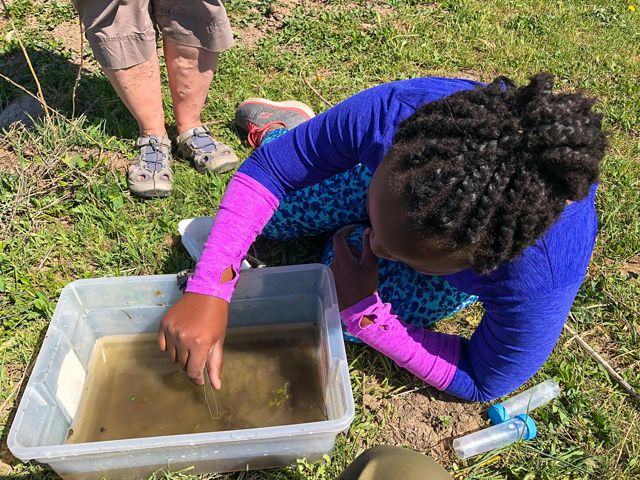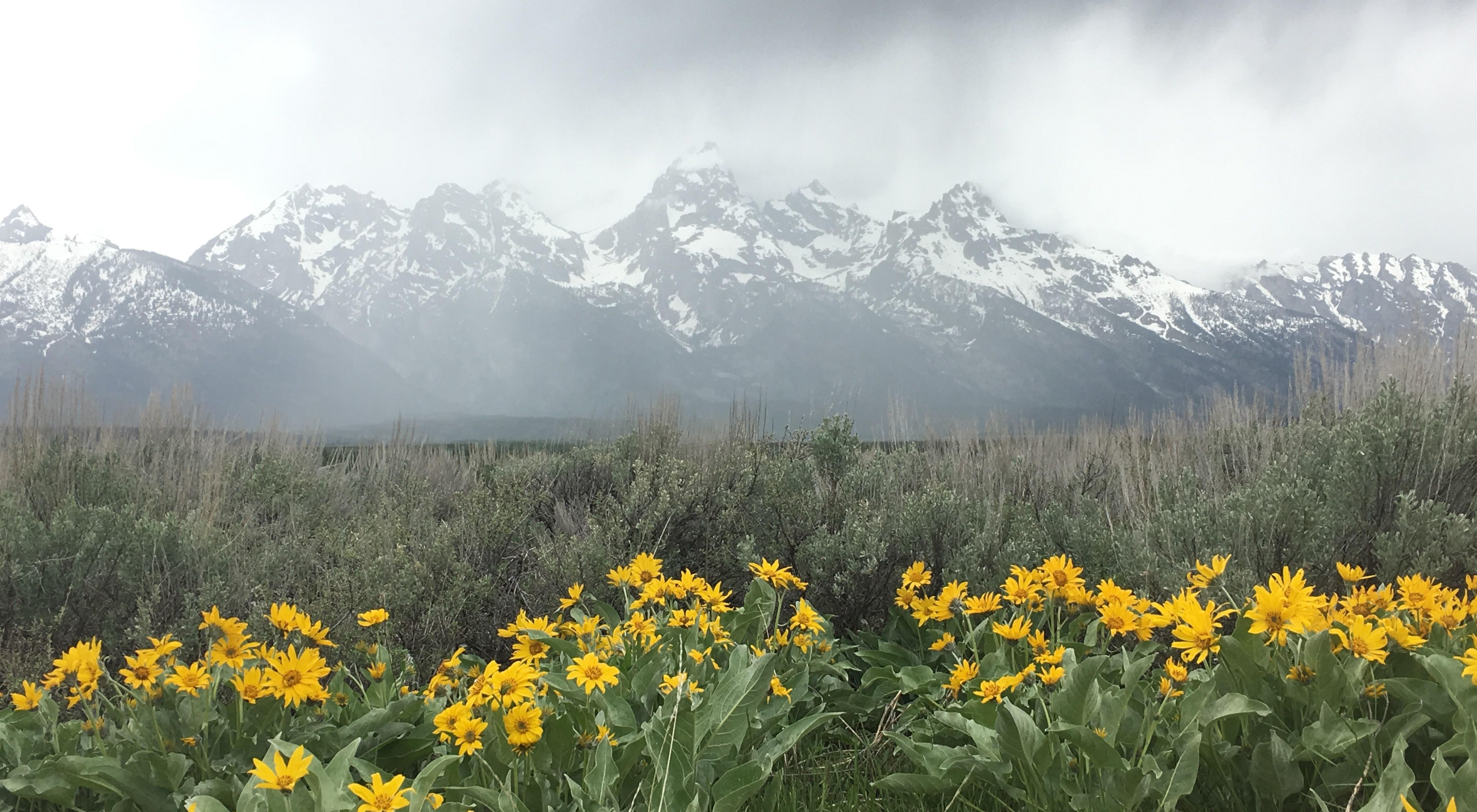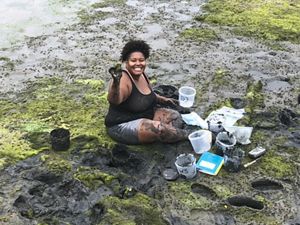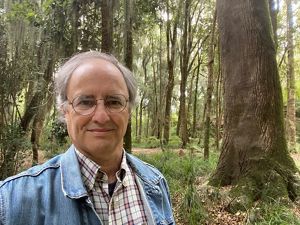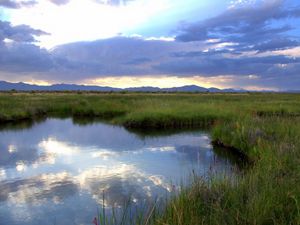Scientists Wanted: The only requirement? Curiosity!
Through community science, curious and dedicated volunteers are doing their part for nature.
Community science is the practice of engaging people of all ages and backgrounds in scientific inquiry through data collection and analysis, or “taking the pulse of nature,” according to Karen Tharp, who leads the Nature’s Allies program supporting The Nature Conservancy’s community and volunteer engagement activities around the world.
“Community science allows us to quickly scale up by mobilizing an army of researchers to help us identify trends and to gauge the outcomes of conservation,” says Karen. “Whether monitoring species populations over time or conducting rapid assessments of biodiversity and other factors such as air and water quality or urban heat, these opportunities help people better understand environmental impacts in their communities. The information they collect informs management, community and policy decisions.”
WYOMING
Volunteer Flower Power
To understand how climate change is affecting the greater Yellowstone region, TNC is encouraging naturalists to log plant data into the Nature's Notebook app so that scientists can compare current conditions with historical records. Four years of this Wildflower Watch program data indicate that many species of native wildflowers are blooming weeks earlier now than in the 1970s. That shift has consequences for animals. For instance, berry species produce food in late summer rather than in the fall—which is when animals like bears need them most before going into hibernation.
“This information influences land management and other strategies to help bears, wildflowers and this entire majestic landscape adapt.”
TREVOR BLOOM
Community ecologist leading the Wildflower Watch program

NEW JERSEY
Flipping for Crabs
TNC leads volunteer events each year to monitor horseshoe crab populations on the shores of New Jersey’s southern bays. Beach walks and communications also encourage people to “ReTURN the Favor” by flipping over crabs that are stuck upside down and vulnerable to predators. Hundreds of thousands of horseshoe crabs arrive here every spring to spawn. Their eggs provide nourishment for shorebirds, including threatened red knots that stop to fatten up on the way to breeding grounds in the Arctic.
“The blue-colored blood from horseshoe crabs is used in the development of human medicines, including COVID-19 vaccines. The harvest of crabs for their blood is an important activity for officials to monitor since, if gone unchecked, it could present problems for the species.”
ADRIANNA ZITO-LIVINGSTON
New Jersey coastal projects coordinator
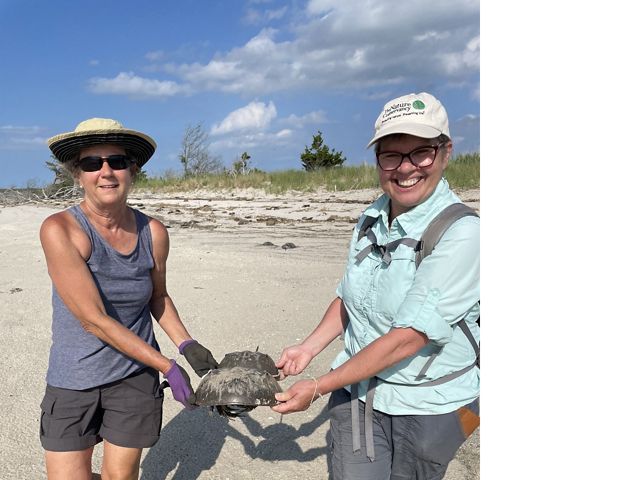
MISSOURI
Did the Praire-Chicken Cross the Preserve?
TNC’s Dunn Ranch Prairie is a remnant of the diverse and storied tallgrass prairies that once covered much of the central U.S. The site is home to one of Missouri’s last populations of state-endangered greater prairie-chickens. Each spring for the past decade, volunteers have documented how many prairie-chickens they see and hear to help assess the overall numbers. Data is compared over time to understand changing conditions and to inform land management decisions such as the use of prescribed fire and grazing strategies for the bison on the property.
“People love prairie-chickens for their quirky behaviors. From a conservation perspective, if the count shows us that numbers are increasing, then we are also improving conditions for other grassland birds.”
KENT WAMSLEY
Missouri grasslands and sustainable agriculture strategy manager

UNITED STATES
A Nature Scavenger Hunt With a Purpose
City Nature Challenge is an international community science effort to discover and document plants and wildlife in cities. Participants record the species they encounter on designated days each spring and upload their observations through the iNaturalist app and website. TNC has encouraged members and followers to join in the challenge to support urban conservation efforts in places such as Washington, D.C.; Charlottesville, Virginia; Houston, Texas; and Salt Lake City, Utah.
“Promoted by TNC, the 2022 Washington, D.C. City Nature Challenge inspired over 2,000 people to record nearly 3,000 species in local parks, nature preserves, gardens and around their homes. Every observation represents a person connecting with and learning about nature while contributing to a global database that documents species distribution.”
DEBORAH BARBER
Director of land conservation in Maryland/D.C.
